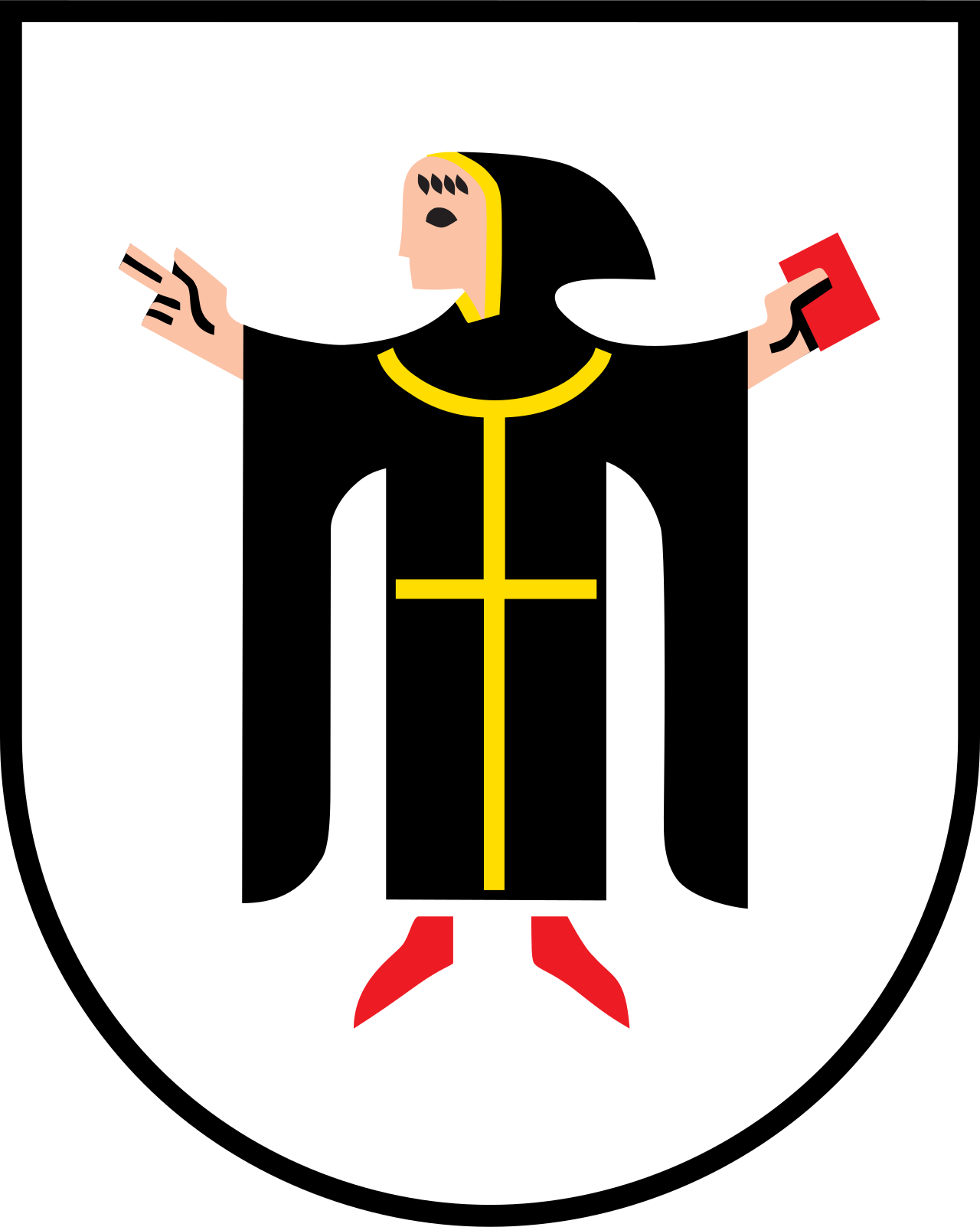Your next trip in:
Munich
What to do there
There are a lot of things you can see in the city of Munich. This really big metropolis offers something for everyone.
- Munich Airport: Munich Airport is a sightseeing from its self. It has two terminals, many shops, restaurants and between the Terminal 1 and Terminal 2 of the Airport there is a big open space that are held events almost the whole year
- Marienplatz / Rathaus: The most well known square and the heart of Munich is Marienplatz (Mary’s square). The most crowded square in Munich. Marienplatz was named after the Mariensaeule, a Marian column erected in its centre in 1638 to celebrate the end of Swedish occupation. Today the Marienplatz is dominated by the New City Hall (Neues Rathaus) on the north side, and the Old City Hall (Altes Rathaus, a reconstructed gothic council hall with a ballroom and tower) on the east side.The Glockenspiel in the tower of the new city hall was inspired by the tournaments that were held in the square during the Middle Ages, and draws millions of tourists a year. Furthermore, the pedestrian zone between Karlsplatz and Marienplatz is a crowded area with numerous shops and restaurants.
- Karlsplatz/Stachus: In the west side of the Old city (Altstadt) is the famous square of Kalrsplatz. The square is connected with Marienplatz via the Kaufingerstrasse the most central street in Munich with many shops and restaurants. The fountain in the square operates also the summer months.
- Christkindlmarkt: Chrismas market between end of November and 24.12. The biggest and most famous Christkindlmarkt is in the section between Karlsplatz and Marienplatz. There are however and other Christmas Markets in other suburbs of the city such as in Muenchner Freiheit and Sendlinger Tor.
- Olympiapark / Olympiastadion: The Olympic Park in Munich is located in the North/West part of the city. It is one of the biggest parks in Munich. In the Olympiastadion was held the Olympic games.
- Isar / Englischer Garten: A very big park in the heart of Munich beginning from the north part of the old city and goes up to the northeastern limits of the city.
What to eat there
Ahh what we can say for the food in Munich. It’s full of tradition, full of memories and full of taste.
You should absolutely try the Bavarian version of the prezel, a type of bread that is crisp and salty on the outside, soft and doughy within, they complement every Bavarian meal.
Another well known food is Leberkaese it consists of beef, pork and bacon and is made by grinding the ingredients very finely and then baking it as a loaf in a bread pan until it has a crunchy brown crust.
There is a huge and we mean really huge selection of Beers. Helles, Dunkel, Radler with alcohol, without alcohol. Just perfect for the summer months a really nice cold Beer.
Weisswurst: The white sausages are going always together with a prezel and of course the traditional sweet mustard.
Where to stay there
Prices in Munich vary a lot if there are held that time events or not. During Oktoberfest the prices are two or three times more expensive as on other periods of time.
There is a very big variety from Hostels, Appartments and Hotels.
Take a look at the booking.com Website and find the right Hotel for you.
How to get there
There is practically no limitation to reach Munich. Munich is excellent located between many countries and close to many Highways (Autobahn).
You can reach there either by car selecting one of the numerous Highways that are connected with the city.
A very big and extensive rail network connects Munich with domestic and international destinations.
Last but not list the Munich “Franz Josef Strauss” Airport 15th busiest airport in the World, located approx. 28km from the city center. With the airport are connected two S-Bahn (suburban train) lines:

